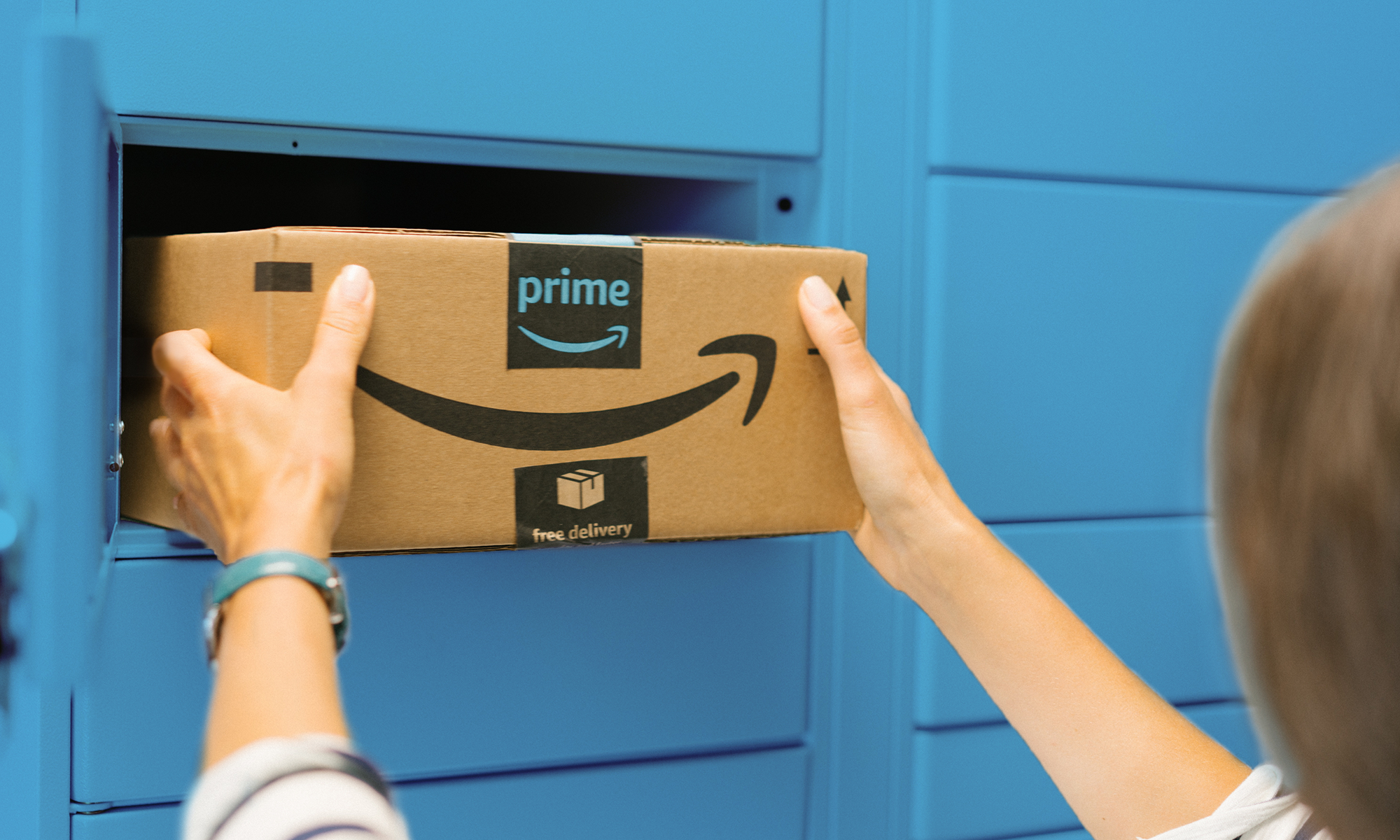Source: CNN Money/Ted S. Warren AP
Amazon.com (AMZN 1.93%) appears to be in the midst of a rare misfire courtesy of its Fire Phone. A recent third-party estimate puts its first-month sales total at a paltry 35,000 units. And while the company doesn't specifically release sales figures -- Amazon is notoriously closed-lipped about device sales figures -- the company appeared to acknowledge its woes by lowering to price to $0.99 from $200 with a two-year contract from exclusive carrier AT&T.
And while the financial media continues to brand Amazon's Fire Phone a failure after a mere month, myself included, investors want to know how the device is going to sell going forward. Specifically, will this price drop help the company turn around the ship?
Was this the right price initially?
Many wondered why the Fire Phone was priced at $200 in the first place. As a matter of strategy, it seemed incompatible with CEO Jeff Bezos' low-margin/high-volume approach which has made the company successful. Matter of fact, he once commented on razor-thin device margins for his initially successful Kindle by stating: "Amazon wants to make money when Kindle owners use their devices to consume media and make purchases, not when they buy the devices in the first place."
And that makes sense. Amazon is at its core a retailer, not a consumer electronics company. Yes, they had a hit with their Kindle tablet before lower-cost manufacturers sporting Google's Android operating system stole market share. Amazon designed its tablet as an outlet for content and consumption more than an actual revenue and profit drive in its own right.
However, when releasing the phone, Amazon seemed to depart from past strategy. Amazon appeared to want to profit on the actual hardware. Pricing the phone at $650 -- $200 from the end user and $450 from AT&T -- puts Amazon's Fire Phone in the premium category and prices it alongside Apple's iPhone and Samsung's Galaxy lines. These lines have tremendous brand equity, a strong stable of apps, and the track record to price at this level; Amazon doesn't.
A great move to lower the price, other issues remain
The market has spoken; luckily for Amazon -- and its investors -- the company was listening. By quickly lowering the price to $0.99 from $200, the company neutralizes the pricing argument. However, the company has more issues it needs to solve to acquire significant market share.
First, and foremost, the demand argument. A recent survey from R.W Baird shows how unpopular the device is: Out of 1,000 respondents, only 5% stated they'd buy the Amazon Fire Phone as opposed to 44% that would buy an iPhone and 33% that would buy an Android-based phone. They used a back-of-the-envelope calculation and estimated the maximum addressable market at that level of demand would be roughly 2 million-2.5 million phones in the US. This isn't true because ...
Second, the exclusivity deal hurts Amazon's addressable market. Although AT&T is the second-largest wireless provider, an exclusivity deal hurts Amazon here. In addition, it appears the phone isn't driving demand to make individuals change providers either. The end result is a lose/lose for both parties.
Third is international expansion. So far, Amazon has only released the unit in the U.S. and Canada. Those markets are a virtual duopoly between Apple's iOS and Google's Android, although Canada has a soft but fading affinity for homegrown platform BlackBerry. Amazon appears to be focusing on international expansion by an initial rollout to Great Britain -- a place that has been friendly to a third operating system with Microsoft's Windows Phone having a near 10% market share in July, according to Kantar Worldpanel.
Final thoughts
If Amazon was expecting another Kindle with its initial rollout, it has to be disappointed by these numbers. However, branding the device a flop is still premature. The device exists to bolster its retail business, not to be a revenue driver in its own right. Amazon was too aggressive on pricing initially and has corrected that problem. Now, the company must focus on international markets and avoid future exclusive carrier arrangements.












